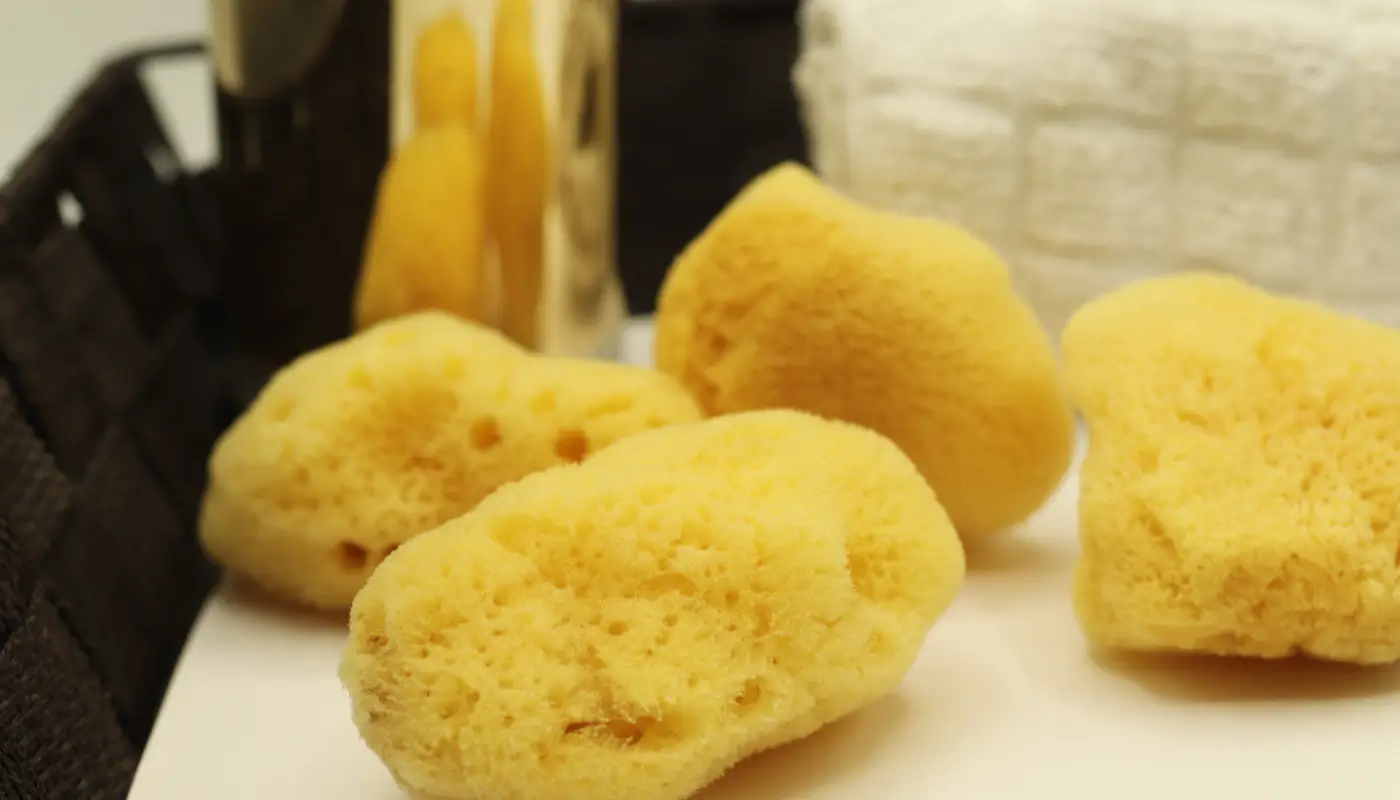Blog
How to Sponge Paint

Sponge painting is one of the easiest ways to give a wall texture, depth and complexity. This decorative application technique is an inexpensive way to add to your interior look. Sponge painting also offers a practical benefit as an option to touch up or cover flaws and imperfections.
This guide will show you how to sponge paint, how to prepare your walls for a sponge painting project and demonstrate the techniques for both sponging paint on and off your walls.
A natural sea sponge is the most suitable for your sponge painting project. Look for a sea sponge with irregular sized pores to create irregular patterns. If you are using a round paint sponge, cut it in half and use the flat side for applications.
- Soak the sponge in water, then squeeze out the excess so the wetness of the sponge will be consistent from start to finish. This is important in maintaining the same sponge painting effect from section to section, as well as allowing the sponge to absorb a full amount of glaze.
- Pour a small amount of mixed glaze into a ceramic or plastic plate that you can place on a stepladder shelf or carry in your hand.
- You can dip the sponge into the mixture or brush the paint onto the surface of the sponge.
- Blot excess paint onto a piece of cardboard if necessary.
This is an opportunity to use the color wheel for your sponge painting techniques.
- Start with a monochromatic scheme and enhance that scheme by sponging on a different tint or shade of the base color. For added dimension, apply an analogous color.
- If you want to make a bolder statement, sponge on a complementary hue or generate some subtle excitement with colors that form a triad on the color wheel.
- If you add a color that you don't like, sponge over it with another color.
Working from top to bottom, press the sponge on and off the wall.
- Rotate the sponge frequently.
- To create a random pattern, move your arm radially rather than working horizontally or vertically.
- Occasionally blot your sponge on a clean rag. Rinse out the glaze before starting each new section.
- Reload the sponge when the impressions begin to appear lighter to avoid an uneven pattern.
- Start the next section before the previous section dries. Always maintain a wet edge.
Sponge Painting Tips and Tricks
Follow a few tips and tricks for how to sponge paint to get the most satisfying results.
- Your sea sponge should be as big as the area you want to work with. Anything larger than your hand may be difficult to manage.
- Turn off the air conditioner or heater in the room you are working in. This prevents the glaze and paint you are applying from drying too quickly.
- Rinse your sponge frequently to prevent it from becoming saturated with paint or glaze.
You can creatively add style to the look of your home or apartment if you know how to sponge paint. Gather the right materials before you start the project. Visit the Home | Natural Sponges Inc.
Are natural sea sponges is beneficial for humans?
Natural sea sponges are a type of marine animal that belongs to the phylum Porifera. They are found in the oceans around the world, and are particularly abundant in warm, shallow waters. Sea sponges are filter feeders, meaning that they feed by filtering small particles out of the water that passes through their porous bodies.
Sea sponges are simple, primitive animals that lack a true nervous system, circulatory system, and digestive system. Instead, they rely on diffusion and osmosis to exchange nutrients and waste with their environment. Despite their simplicity, sea sponges are an important part of the marine ecosystem and serve as a habitat for many other marine organisms.
Sea sponges are also valuable to humans, as they have been used for centuries as natural cleaning tools and for medicinal purposes. They are highly absorbent and durable, making them ideal for use in a variety of applications. Many people also use natural sea sponges as a sustainable and eco-friendly alternative to synthetic sponges.
Overall, natural sea sponges are a fascinating and important part of the marine ecosystem, and they have many practical and ecological benefits for humans.
